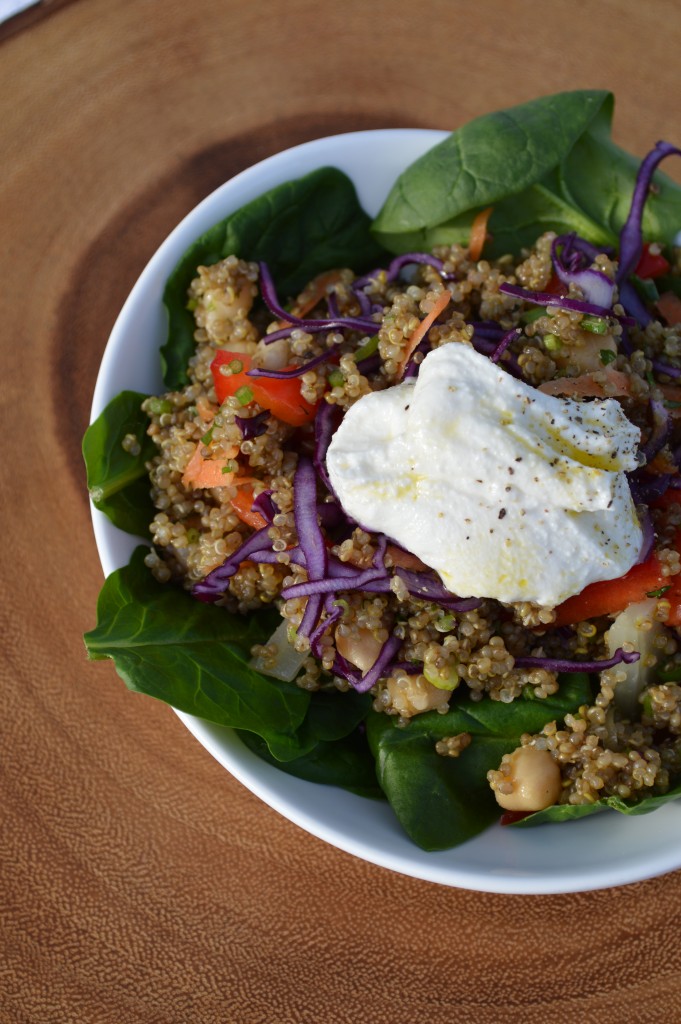The first several times I cooked Canadian quinoa I was a bit disappointed. Sure, it had a remarkable flavour, but it was much stickier than the South American stuff I had had before: sticky to the point of stodginess.
Eventually I remembered a lesson I learned from a guy in my culinary class. He was from Mumbai. Our instructor was talking about the importance of rinsing basmati rice before cooking it to remove excess starch from the surface of the grains. Once removing this powdery starch you can combine the rice with 1.5 times its volume, then cover and steam in the usual manner. The preliminary rinsing makes for lighter, fluffier pilafs. The Bombayite scoffed, and when prodded he said that he cooks his rice the way we cook our dry pasta, in a huge excess of boiling water. This way the rice is rinsed throughout the cooking process, leaving virtually no starch left on the surface to make the final dish sticky and stodgy. But then again, he continued, he’s from India: what could he possibly know about rice?
He wasn’t actually that self-righteous about it; I just got carried away recounting the story.
Anyways, the “pasta method” is definitely the best way to cook Canadian-grown quinoa. You still get the great, rich, nutty flavour of the quinoa, but with a lighter texture. I boil about 6 L of well-seasoned water to cook 1 L of quinoa.
The “pilaf method” can yield acceptable results if the quinoa will be served as a hot starch. If however you intend to serve the quinoa cold, as a salad, the pasta method is essential.
Below is just such a salad: prairie quinoa and chickpeas with red cabbage, bell peppers, carrots, and fresh cheese.
